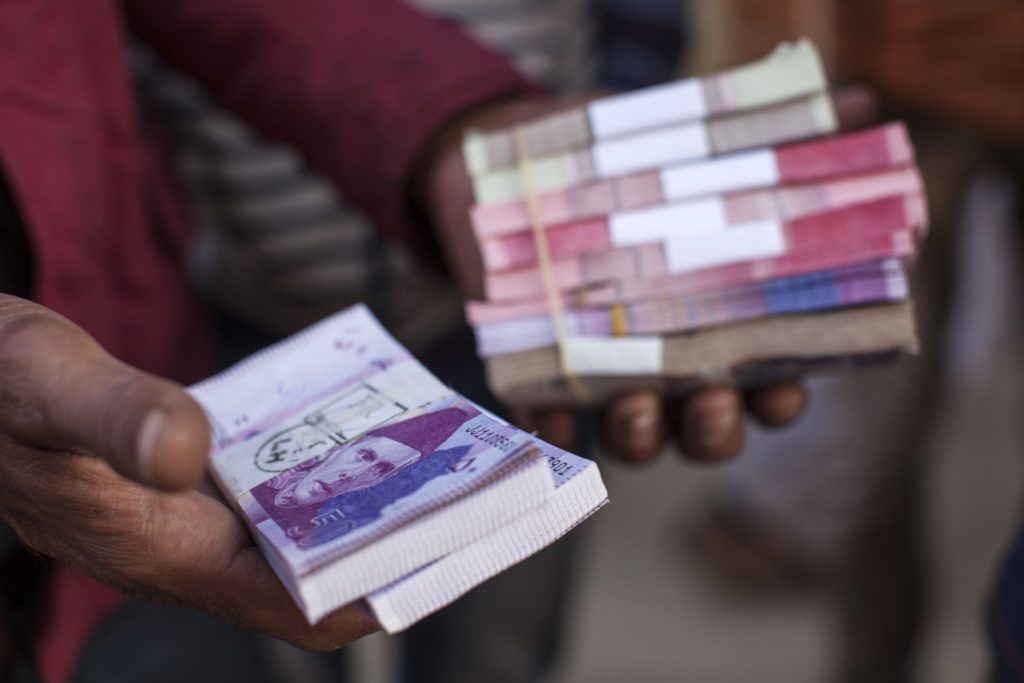Pakistan’s moves to loosen its grip on the currency and increase fuel prices indicate that the beleaguered nation is finally taking the unpopular decisions needed to secure the $6.5 billion bailout program from the International Monetary Fund.
(Bloomberg) — Pakistan’s moves to loosen its grip on the currency and increase fuel prices indicate that the beleaguered nation is finally taking the unpopular decisions needed to secure the $6.5 billion bailout program from the International Monetary Fund.
The rupee fell to as low as 270 per dollar on Monday, according to the foreign-exchange desk at AKD Securities Ltd., as authorities allowed the currency to be more determined by the market, one of the preconditions of the IMF for the loan. The government also increased gasoline prices to record over the weekend, ahead of the arrival of the IMF team on Tuesday for a loan review after months of delay over the next loan tranche.
Pakistan is spiraling deeper into crisis amid a shortage of dollars and accelerating inflation, increasing the urgency for Prime Minister Shehbaz Sharif to secure funds from the IMF. The country direly needs funds as its reserves dropped to $3.7 billion, less than one month of import cover.
“Pakistan has gotten serious about the IMF program by taking these decisions even though we are in an election year,” said Suleman Rafiq Maniya, head of advisory at Vector Securities Pvt. “All depends on the IMF team visit and their reaction. These measures are quite painful and have a huge political cost.”
Pakistan’s Currency Shock Is Baby Step Toward IMF Loan Revival
Sharif has said his coalition government is determined to complete the bailout plan after a delay in implementing key decisions, even though it means paying a political cost just months away from national elections. A tough task lies ahead for the nation’s economic managers led by Finance Minister Ishaq Dar, who will need to convince the IMF that the country is ready to implement other tough measures, including raising taxes and gas prices.
Frontier markets seeking IMF financing are facing greater pressure to loosen their grip on currencies, which will help improve their current-account balances. Egypt this month suffered its third devaluation in less than a year. Calculations by Bloomberg Economics show the rupee should stabilize at 266 per dollar, according to a note Monday by Ankur Shukla, an analyst in Mumbai.
In Pakistan, the rupee’s slide this month was triggered by the decision of money exchange companies to abolish the limit on the dollar-rupee rate in the open market. Supply of dollars among onshore money-changing businesses has dried up as locals turned to the black market, as the greenback was being sold at about 10% above advertised rates.
–With assistance from Ronojoy Mazumdar and Kamran Haider.
More stories like this are available on bloomberg.com
©2023 Bloomberg L.P.










